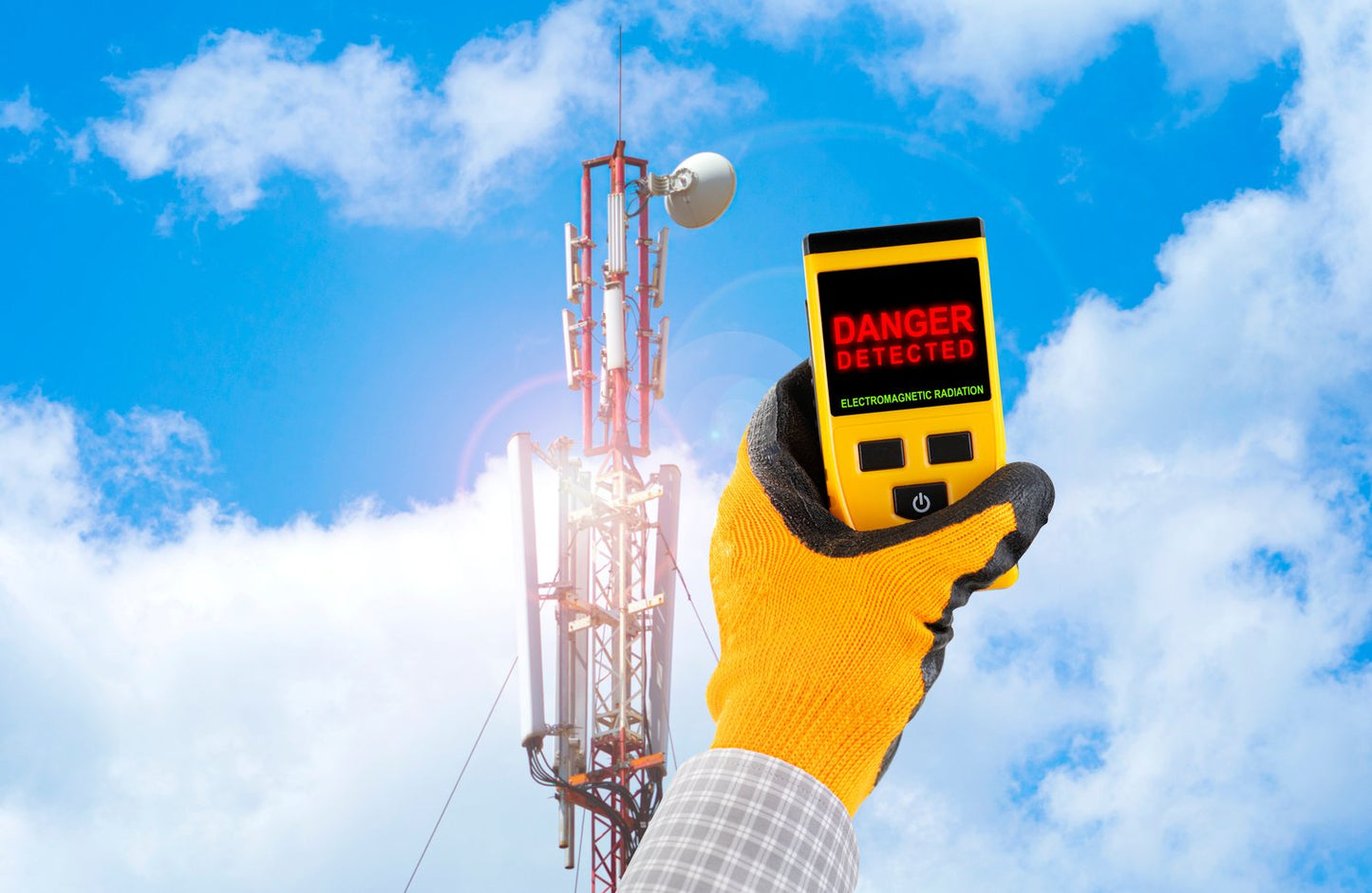
It’s closing on 7:00 PM. On a typical day, you’d be walking in the door around 5:30, dropping off your daily carry with as much abandon as you can get away with. Though you’ve never really liked your job, it was always tolerable enough.
Today was not one of those days. Everyone dreads an unexpected meeting. Nothing quite breeds anxiety like a one on one, even if the story is that these are completely standard procedure. They always word it differently, but the underlying message is the same. Someone’s not happy, and you may need an umbrella for the inevitable, unwanted aftermath of unfriendly management calls.
Everyone smiles on the outside, but no one wants to be here. At the end of the day, it didn’t matter what was said. No one left happy, and change was politely ordered. With a sigh, you wonder what to do about dinner, pinching your nose to ward off the pain of a mixture of headache and slowly cooling stress burn, or “stress aches” as you’ve started to call them.
Sound familiar?
This may not be your exact story, but if you are anything like the majority of Americans, you are likely experiencing some stress related discomfort. It could be something that comes and goes, or a constant annoyance that only leaves you be with your faithful little bottle of Tylenol. But, according to the American Psychological Association, 75% of Americans reported a physical or mental symptom of stress at least once per month.
Is this normal?
From a health and wellness standpoint, not at all. It sounds quite obvious out of context; if there was a tack stuck in your finger, would you prefer to remove it or work around it?
However, this particular thorn is not quite so simple to remove. While treating the symptoms works, it is always better to prevent than treat after the fact. Finding the source of these continued stressors will be much cheaper and safer in the long run, as it has been proven that ignoring stress strains your body, making you more susceptible to more serious problems.
While it is safe to say that stress has always been part of society, stress related health issues are a new concern. It is unlikely that these have always been here and simply not been reported; as society advanced, we became stressed.
But why?
While modern technology has added no end of convenience to our everyday lives, there is a price to convenience. We’ve harnessed the natural world to power our devices, covering distance with a car that would have taken hours or even days on foot. We’ve warmed our homes with natural gas from below the ground, giving a rude gesture to the previously life threatening bite of harsh winters. And, most importantly, we can now communicate without wires across the world all at the touch of a button.
In other words, electricity is everywhere, and incredibly useful. After all, you would need to use electricity just to read this article. With something so widespread, it is safe to say we have a strong understanding of how it works.
But is it safe?
Electromagnetic Fields and You
On a broad scale, yes and no. While we’ve managed to cut down on the likelihood of electrocution and electrical fires, very little has been done to combat electromagnetic fields, or EMFs.
EMFs are a byproduct of the usage of electricity. Though a completely natural radioactive process, they are just that; radiation. In smaller doses, this is a non-issue. After all, the planet is electromagnetic in nature, as anyone who has used a compass can tell you.
However, we are surrounded by much higher doses of EMFs thanks to all these modern conveniences. As you read this article on either your phone or computer of choice, odds are good that you’ve got a few lights on nearby. If you happen to be inside a building, it has an electrical meter dutifully buzzing outside as it measures each kilowatt entering your home.
Anything that uses or circulates electricity is a potential source of EMFs. This includes, but is not limited to batteries, electrical meters, cellular phones, outlets, and cars. It is very unlikely that you are not exposed to at least one of these daily. As such, you are subjected to EMFs at least once daily in a significant dosage.
How does this relate to my health?
In the early 2000s, the World Health Organization discovered a condition relating to EMFs. The condition, known as electromagnetic hypersensitivity, or EHS, has a very wide variety of symptoms, and you may be suffering from it right now.
In the majority of cases, EHS presented with stress related or neurological symptoms. These varied in severity, and included anxiety, depressive tendencies, sleep disturbances, mental fatigue, and difficulty concentrating. In some cases, muscular, digestive, and skin symptoms were reported.
The most commonly reported issue involved muscular problems. Muscle aches, reduced reflexes, and general bodily fatigue have been reported, with minor to moderate aches as the most frequent complaint.
In rarer cases, digestive issues such as nausea and indigestion were reported, though these were difficult to document and isolate. What was not difficult to determine were skin issues, as particularly notable cases included rashes of varying severity, as well as tingling or burning sensations within the skin around the rash.
It should be noted that none of these symptoms were severe enough to warrant hospitalization, but the study was not all inclusive. After the discovery of EHS, it went relatively unnoticed for quite some time. In 2015, studies were conducted regarding EMFs and a possible link to childhood cancers. While no direct link could be established, a combination of older data showed an increased likelihood of childhood leukemia when unshielded EMFs are exposed over a period of time.
Do I have EHS?
That is a difficult question to answer, as everyone has some level of electrical sensitivity. Some are more resistant than others, though children are the most vulnerable. Odds are, if you’ve ever felt one of the symptoms on that list with no other explanation, consider EHS.
Unfortunately, EHS is very difficult to diagnose directly. The symptoms are so broad spectrum that we have to work in reverse, completely eliminating all other potential causes. This is rarely possible, and very few doctors will directly diagnose EHS. This is not a failing on the doctor’s part; the condition is extremely evasive by nature.
What can I do?
Your solution should be in two parts.
-
Treat the symptoms with appropriate medication or therapy. Over the counter, prescription, and homeopathic substances have all proven to be effective with EHS symptoms. There is no singular cure or broad spectrum treatment for EHS, but with proper products, it is possible to regain your health.
-
Prevent EMF exposure whenever possible. It is impractical to remove electronic exposure entirely, but it is possible to shield yourself from it. In fact, it is much easier to shield yourself than remove the offending object.

We’ve included a list of useful products for proper shielding methods. If you are also looking for something to abate physical symptoms of EHS, essential oils and sprays containing natural aloe are an excellent choice. Though these are not always cheap, they are certainly cheaper than a long running list of prescriptions.
For a buying guide, we recommend at least one protective measure for each member of your household, including pets. Large electronic devices, such as automobiles or electrical meters, are also worth shielding if it is within your budget. There is no such thing as too much protection.
Protective Products
House Shields
Ideally, you want one for each floor of your house. You don’t need to choose the room with the most EMF exposure; these conveniently work on any outlet. Each House Shield covers 2,000 square feet on the floor it is located.
Body Shields
Wear like any necklace. Provides coverage up to an arm’s length around you. These work very well if you intend to go out to somewhere with high EMF exposure, and are ideal for working in an office or medical facility. If a bracelet is impractical for any reason, choose a Body Shield necklace.
Body Band Bracelets and Beaded Bracelets
These work similarly to Body Shield necklaces, and have similar functionality. In this case, the choice is aesthetic. One is typically enough; in groups, you want one per person.
Lasers
See the packaging. These vary in their individual functions and usage, but if you have a very unique situation where any other product is impractical, consider one of these.
Smart Guards
These are placed on your electric meter on your house. It is advised to place it underneath the box to avoid any weather related damage. They come with a convenient Velcro glue dot to attach easily to the box or glass case around your meter.
Pet Collar
These are conveniently sized for the most common domestic pets, and attach like any other collar. Clip around the neck, and your furry friend will remain safe from EMF over exposure just like you. Although this article has been about human exposure, pets are also susceptible to EMFs. Read all about it here
Mega and Micro Technology Shield
Like the Smart Guard, these come with a glue dot for easy application to any appliance or electronic device you’re particularly concerned about. For cell phones or particularly expensive devices, these can be attached to the protective case safely. These can also be conveniently carried in wallets, purses, or any carry on without issue.
Health and Wellness Products
These are useful for mitigating any symptoms or issues from EMF exposure that may occur. Their usage depends on the product, so be sure to read any included instructions carefully.

